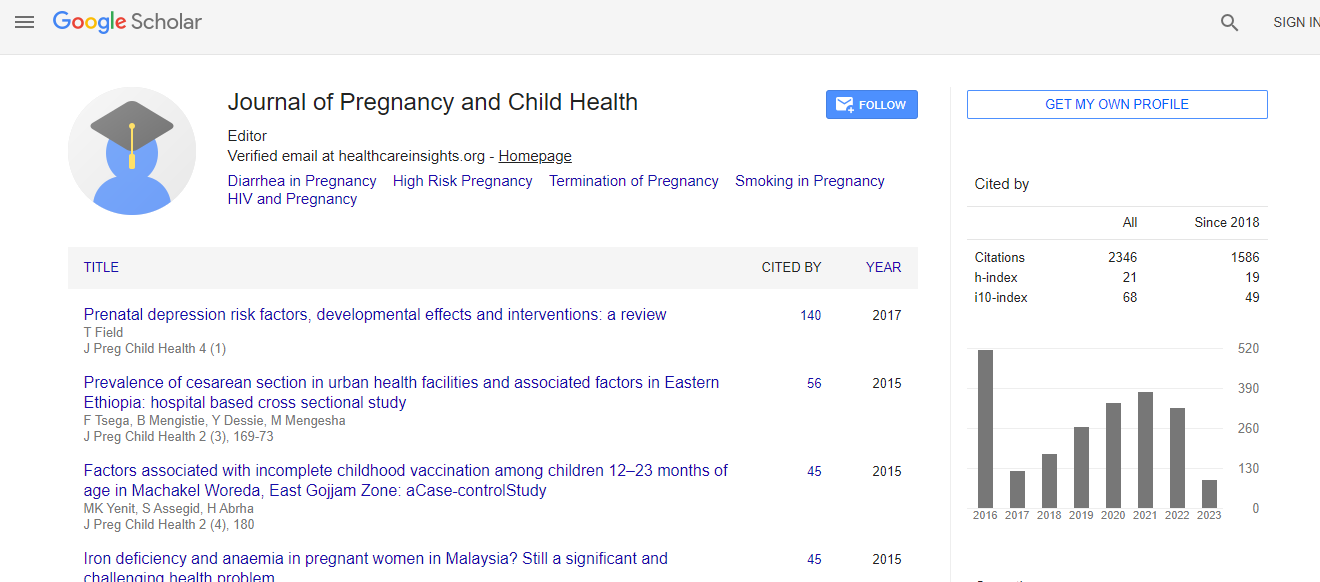Research Article
Organophosphorus Pesticide Exposure of School Children in Agricultural Villages in Indonesia
| Makiko Sekiyama*, Tetsuo Shimmura, Mineko Nakazaki, Ieva B Akbar, Budhi Gunawan, Oekan Abdoellah, Sadeli Masria, Linda Dewanti,Ohtsuka and Chiho Watanabe | |
| Graduate Program in Sustainability Science – Global Leadership Initiative (GPSS-GLI), Graduate School of Frontier Sciences, The University of Tokyo, 5-1-5, Kashiwanoha, Kashiwa City, Japan | |
| Corresponding Author : | Makiko Sekiyama Graduate Program in Sustainability Science – Global Leadership Initiative (GPSS-GLI) Graduate School of Frontier Sciences The University of Tokyo, 5-1-5, Kashiwanoha Kashiwa City, Japan Tel: +81 4 7136 4859 Fax: +81 4 7136 4878 E-mail: sekiyama@k.u-tokyo.ac.jp |
| Received December 22, 2014; Accepted April 19, 2015; Published April 21, 2015 | |
| Citation: Sekiyama M, Shimmura T, Nakazaki M, Akbar IB, Gunawan B, et al. (2015) Organophosphorus Pesticide Exposure of School Children in Agricultural Villages in Indonesia. J Preg Child Health 2:153. doi: 10.4172/2376-127X.1000153 | |
| Copyright: ©2015 Sekiyama M, et al. This is an open-access article distributed under the terms of the Creative Commons Attribution License, which permits unrestricted use, distribution, and reproduction in any medium, provided the original author and source are credited. | |
Abstract
The effects of environmental chemicals on children’s health are important issues in Asian developing countries undergoing rapid urbanization, although little data have been reported. We investigated the organophosphorus (OP) pesticide exposure of 235 elementary school children living in three agricultural villages in the Citarum watershed, Bandung, Indonesia, through urinary and blood biomonitoring. We evaluated four common dialkylphosphate (DAP) metabolites of OP compounds: dimethylphosphate (DMP), dimethylthiophosphate (DMTP), diethylphosphate (DEP), and diethylthiophosphate (DETP). Moreover, blood cell acetylcholinesterase (AChE) activity was assessed using blood samples. The collection of biological samples was accompanied by a questionnaire-based survey on sociodemographic indicators, food consumption, and behavioral patterns. The detection rates of DMP, DMTP, DEP, and DETP were 8.6, 21.7, 17.2, and 29.8%, and the median levels of dimethyl-, diethyl-, and total DAP were 5.8, 3.1, and 11.8nmol /L, respectively. These exposure levels of OP pesticides were lower than those reported in developed countries, possibly due to the low consumption of farm-grown fruits and the infrequent use of OP pesticides. The detection rate of DAP was highest in the village practicing pisciculture, where the use of pesticides was expected to be the lowest among the three villages, although the reason for this was not clear from our interview results.

 Spanish
Spanish  Chinese
Chinese  Russian
Russian  German
German  French
French  Japanese
Japanese  Portuguese
Portuguese  Hindi
Hindi 
